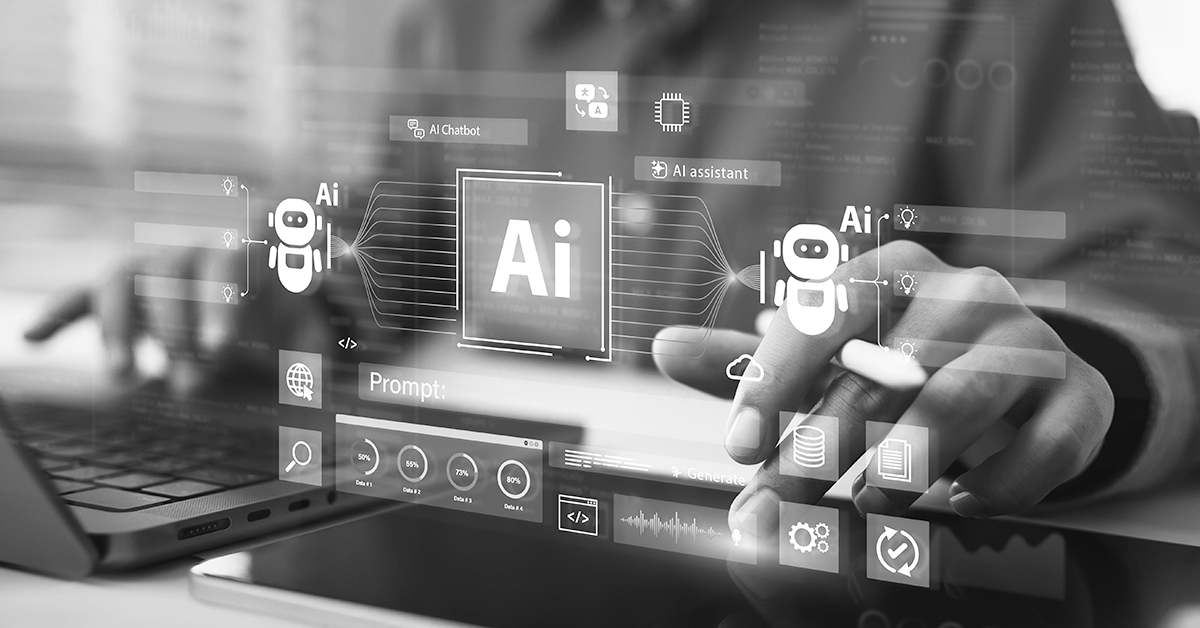Autonomous agents are changing the way we think about security. Not in the distant future, right now. These systems (intelligent, self-directed, and capable of making decisions) are starting to play an active role in the SOC. They’re not only collecting data; they’re analyzing it, correlating alerts, prioritizing risks, and even initiating response actions.
This is Agentic AI, and it makes people nervous.
In security, autonomy often gets mistaken for loss of control. But here’s the thing: agentic doesn’t mean anarchic. The rise of agentic systems doesn’t mean the fall of human oversight. It means something more interesting. More nuanced. It means humans and machines operating side-by-side, each doing what they do best.
Let’s unpack that.
What Is Agentic AI, Really?
Agentic AI refers to systems that can perceive, decide, and act independently within a defined scope. In cybersecurity, this might look like an agent that identifies a suspicious login, runs checks against threat intel, blocks access, and notifies a human analyst, all without waiting for instructions.
The shift here is intent. These agents aren’t just reacting to playbooks; they’re reasoning about outcomes. They can weigh evidence. They can initiate actions. In essence, they operate like junior analysts who never sleep and never miss a correlation.
But unlike human analysts, agentic systems can’t go rogue. Their “freedom” is carefully architected. Every decision path is scoped, every input is logged, and every action is auditable.
That’s not chaos, that’s structure.
The Control Paradox
Security professionals are trained to think in terms of control. SOC managers, in particular, spend their days building processes to contain risk, prevent drift, and maintain visibility. So when someone introduces a self-directed AI into that picture, the reflex is to tighten the leash.
But herein lies the rub: the more complex the environment, the harder it is to control everything manually.
Today’s SOC deals with an avalanche of data. Signals from endpoints. Logs from cloud workloads. DNS anomalies. MFA alerts. It's more than human teams can triage in real time. Let alone respond to.
That’s where agentic AI shines. Not because it replaces human judgment, but because it filters the noise. It escalates what matters. And when designed correctly, it always leaves room for a human to step in.
In other words, control isn’t being taken away. It’s being redefined.
Human-in-the-Loop, by Design
According to Prophet Security, an AI SOC solution provider, agentic AI works best when it is designed with accountability in mind. Instead of removing the human from the loop, the goal is to shorten the loop itself.
Agentic architecture can be framed around a concept called “bounded agency.” It’s the idea that agents operate freely, but only within well-defined rules of engagement. Think of it as a sandbox, not a jail.
For instance:
An agent can isolate a suspicious endpoint, but only on low-confidence detections if it meets predefined conditions.
It can draft incident reports or recommend response actions, but final approval still comes from the analyst.
It can identify policy violations in SaaS environments, but enforcement flows through a change review process.
These rules don’t only exist on paper, they’re codified into the agent itself. So when something goes wrong, you don’t blame a black box; you follow the audit trail.
This is crucial for compliance, accountability, and most importantly, trust.
Agentic Doesn’t Mean Unsupervised
Let’s put one myth to rest. Agentic security is not about building self-defending systems that no one understands. It’s about creating transparent, assistive systems that operate faster than humans could alone, but always within boundaries.
In practice, this means:
Analysts get clear explanations for agent decisions
SOC leads can tune or revoke agent permissions at any time
Every decision is logged and reviewable
Models can be retrained or corrected based on new insights
This is how you maintain oversight. Not by bottlenecking every action, but by giving your team visibility into how decisions are made, and the tools to intervene when needed.
A New Model of Trust
Security has always been a trust game. We trust our detections, our controls, and our people. Agentic AI adds a new player to that mix, one that doesn’t get tired, doesn’t second-guess, but also doesn’t fully understand context without help.
That’s why the best agentic systems don’t aim to be perfect. They aim to be collaborative.
The real power of Agentic AI is not in replacing the analyst but in extending their reach. It’s about letting people focus on the most important tasks, while machines handle the mechanics.
This reframes the value of agentic security. Yes, it’s about speed or automation, but it’s also about precision, continuity, and focus. It's about giving SOC teams room to breathe, and importantly, time to think.
Not Either-Or, But Together
Agentic security shouldn’t be seen as a fork in the road, but rather, a convergence. On one side, you have AI systems becoming more capable of making context-sensitive decisions, on the other, you have human teams still holding the keys.
The magic is in the middle.
Some fear it’s about surrendering control. It isn’t. It’s about distributing it in smarter ways, and about building trust between humans and machines. It’s not blind trust, but earned trust: measured, auditable, and aligned.
For SOC managers and security awareness professionals, this is your next frontier. Not how to stop the rise of agentic systems, but how to shape them to work in your favor. To codify your knowledge and extend your judgment. And to build a security model that scales without letting go of the wheel.
Because in the end, agentic doesn’t mean autonomous and alone. It means autonomous and accountable.

